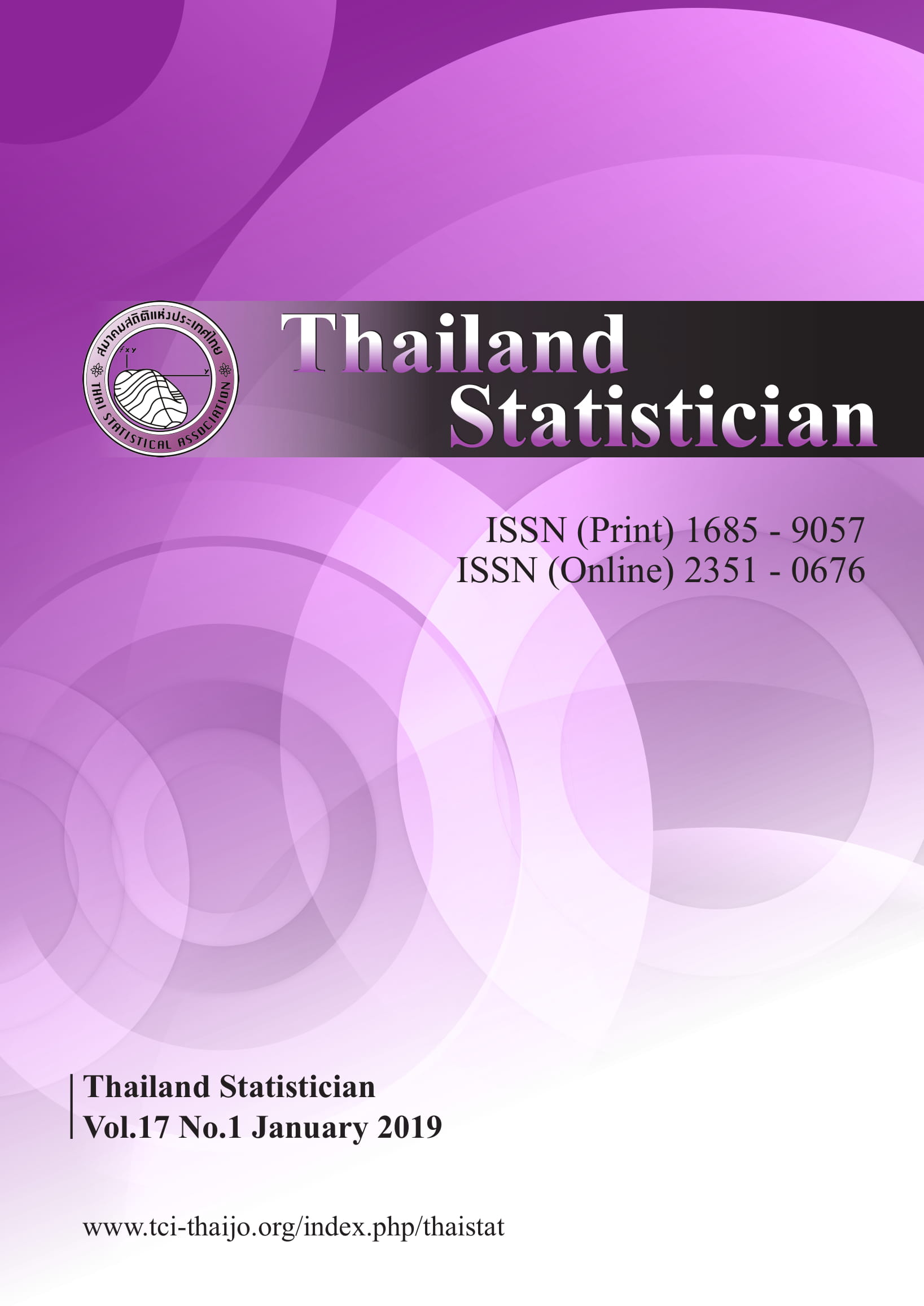Willingness to Pay for Access to Improved and Reliable Piped Water: A Contingent Valuation Study in Kerala, India
Keywords:
Bid amounts, contingent valuation, dichotomous choice, logistic model, willingness to payAbstract
Kuttanad lies at the very heart of the backwaters in Alappuzha district, southern part of India. It is the area with the lowest altitude in India, and one of the few places in the world where farming is carried out below sea level. The place is an amazing labyrinth of shimmering waterways composed of lakes, canals, rivers and rivulets. However, it is an example of scarcity among plenty in case of potable water. In the research study, the amount that the people of Kuttanad are willing to pay for accessing pure and potable water is estimated using contingent valuation method. Double bound dichotomous choice method is used to collect the WTP information and the actual amount people are willing to contribute is estimated using a logistic model. Using the model it was found that the people are willing to pay USD 0.67 per kilolitre of water. This means a family of four members is ready to pay around USD 5.64 per month if they get potable quality of water through pipeline at home. This is a very significant result considering the fact that currently a household pay an average of just USD 0.69 per month for the existing pipeline connection.
References
Bayoumi AM. The measurement of contingent valuation for health Economics. Pharmacoeconomics. 2004; 22: 691-700.
Carson RT, Flore NE, Meade NF. Contingent Valuation: Controversies and Evidence. Environ Resour Econ. 2001; 19(2): 173-210.
Dasgupta P, Dasgupta R. Economic value of safe water for the infrastructurally disadvantaged urban household: a case study in Delhi, India. Water Resour Res. 2004; 40:1-10.
Delhi Jal Board. Water tariff applicable from 20.03.2015. [monograph on the Internet] 2015 [cited 2017 Aug 10]. Available from: https://www.delhi.gov.in/wps/wcm/
Genius M, Tsagarakis KP. Water shortages and implied water quality: A contingent valuation study. Water Resour Res. 2006; 42: 1573-1650.
Government of India. General Guidelines for Water Audit & Water Conservation. [monograph on the Internet] 2005 [cited 2017 Aug 10]. Available from: https://www.iitr.ac.in/wfw/
web_ua_water_for_welfare/water/General_Guidelines_for_Water_Audit_and_Water_Conservation.pdf
Government of Kerala. Kuttanad Taluk. [monograph on the Internet] 2016 [cited 2017 July 15]. Available from: alappu-zha.nic.in/pages/aboutalpy-taluk-3-kuttanad.htm
Griffin CC, Briscoe J, Singh B, Ramasubban R, Bhatia R. Contingent valuation and actual behaviour: Predicting connections to new water systems in the state of Kerala, India. World Bank Econ Rev. 1995; 9: 373-395.
Gunatilake H, Yang JC, Pattanayak S, Van der Berg C. Willingness to pay and design of water supply and sanitation projects: A case study, ERD Technical Note Series, No. 19. Manila: Asian Development Bank; 2006.
Gunatilake H, Yang JC, Pattanayak S, Choe KA. Good practices for estimating reliable willingness-to-pay values in the water supply and sanitation sector. ERD Technical Note Series No. 23. Manila: Asian Development Bank; 2007.
Harpman DA, Welsh MP. Measuring goodness of fit for the double-bounded logit model: Comment. Am J Agr Econ. 1999; 81: 235-237.
Lee CK, Han SY. Estimating the use and preservation values of national parks’ tourism resources using a contingent valuation method. Tourism Manag. 2002; 23: 531-40.
Lopez-Feldman A. doubleb: Stata module to estimate contingent valuation using Double-Bounded Dichotomous Choice Model. IDEAS [serial on the Internet] 2010 [cited 2017 July 20]. Available from: https://ideas.repec.org/c/boc/bocode/s457168.html
Majumdar C, Gupta G. Willingness to pay and municipal water pricing in transition: a case study. J Integr Environ Sci. 2009; 6: 247-60.
Maharashtra Jeevan Pradhikaran. [monograph on the Internet] 2015 [cited 2017 July 28]. Available from: www.mjp.gov.in/upload/Files/50902b28-b5b2-4bad-9fbb-381b2dc54230.pdf
Raje DV, Dhobe PS, Deshpande AW. Consumer’s willingness to pay more for municipal supplied water: a case study. Ecol Econ. 2002(3); 42: 391-400.
United Nations. United Nations Millennium Declaration. New York: United Nations General Assembly; 2000.
Vedachalam S. Water supply and sanitation in India: Meeting targets and beyond. In: Grafton RQ,
Wyrwoll P, White C, Allendes D, editors. Global Water: Issues and Insights. Canberra: ANU Press; 2014. p. 95-100.
World Health Organization. Estimates for the Use of Improved Drinking-Water Sources: India. Geneva: WHO; 2012.
World Bank. Project performance assessment report, Kerala rural water supply and environmental sanitation Project “Jalanidhi”. Washington, DC: World Bank; 2013.




